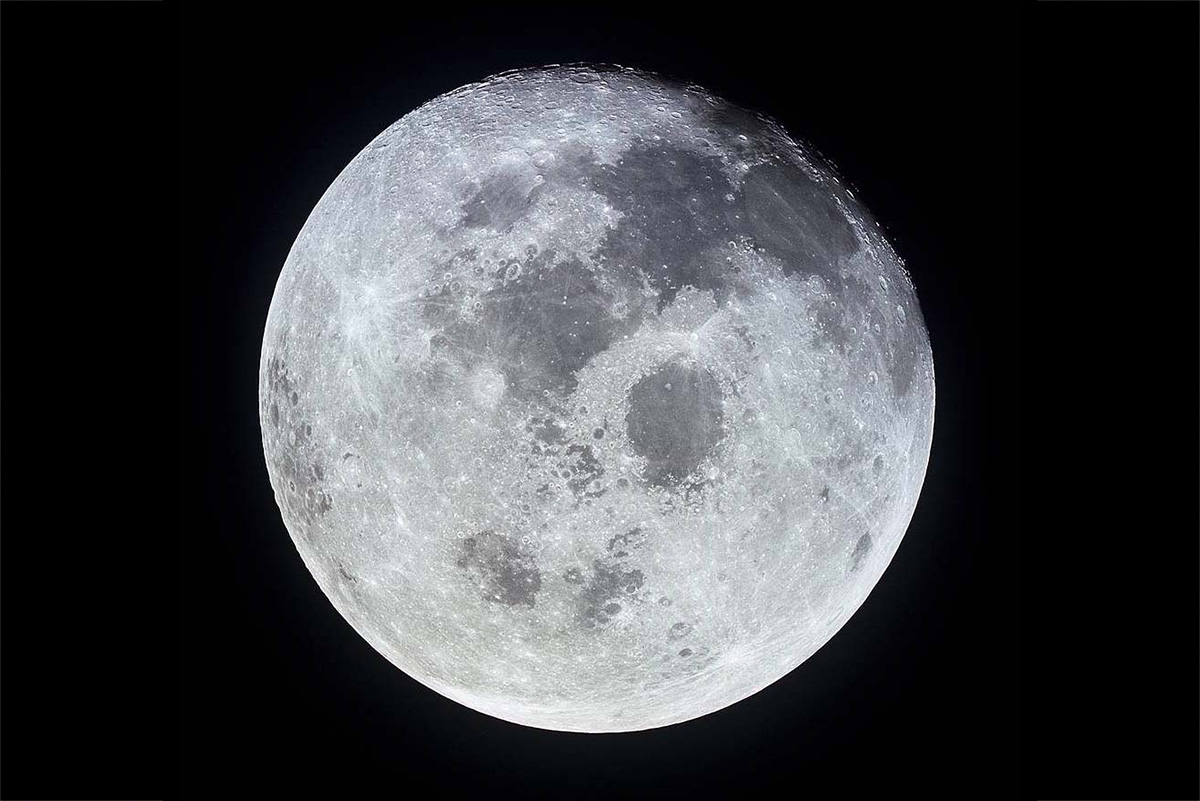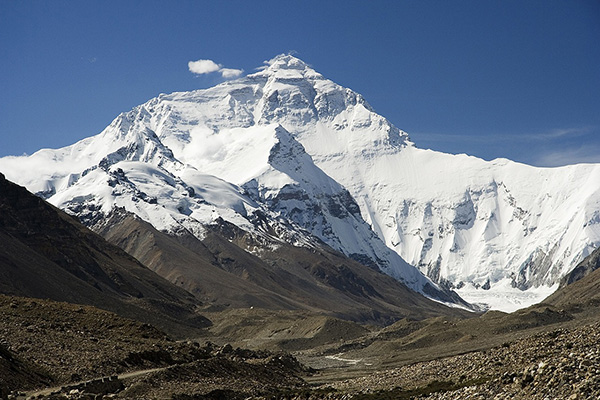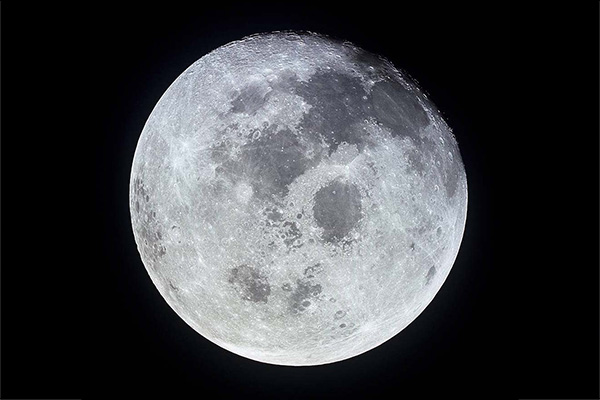
The average distance from the Earth to the Moon is 384,400 kilometers (238,855 miles), although this distance varies slightly due to the elliptical shape of the Moon's orbit.
Due to its smaller mass, the Moon's gravitational force is much weaker than Earth's. This is why astronauts can jump higher and move more easily on the Moon.
The Moon is about one-quarter of the size of Earth in diameter, and is the fifth-largest natural satellite in the Solar System.
Because the Moon is tidally locked with Earth, we always see the same side, known as the near side, while the far side remains hidden. Luna 3, in 1959, was the first spacecraft to photograph the far side of the Moon. The Apollo 8 astronauts were the first human beings to see it in 1968 when they orbited the Moon. And, in 2019, Chang'e 4 became the first spacecraft to land on the far side.
Without an atmosphere, the Moon experiences extreme temperatures, ranging from 127°C (260.6°F) during the day to -173°C (-279.4°F) at night.
In 1962, US President John F. Kennedy announced his nation's goal was to put human beings on the Moon and return them home safely by the end of the decade. In 1969, NASA’s Apollo 11 mission achieved this, when astronauts Neil Armstrong and Buzz Aldrin set foot on the lunar surface on 20th July 1969.
The Moon is heavily cratered from impacts with asteroids and comets. Its lack of atmosphere means these craters remain largely unchanged over time.
The gravitational pull of the Moon causes the oceans on Earth to bulge, leading to the rise and fall of tides.
The Moon is slowly drifting away from Earth at a rate of about 3.8 centimeters per year, a result of tidal interactions between the two bodies.
The most widely accepted theory is that the Moon was created about 4.5 billion years ago when a Mars-sized object, known as Theia, collided with Earth. The debris from this impact eventually coalesced to form the Moon. Evidence for this includes similarities in the composition of Moon rocks and Earth's mantle.















